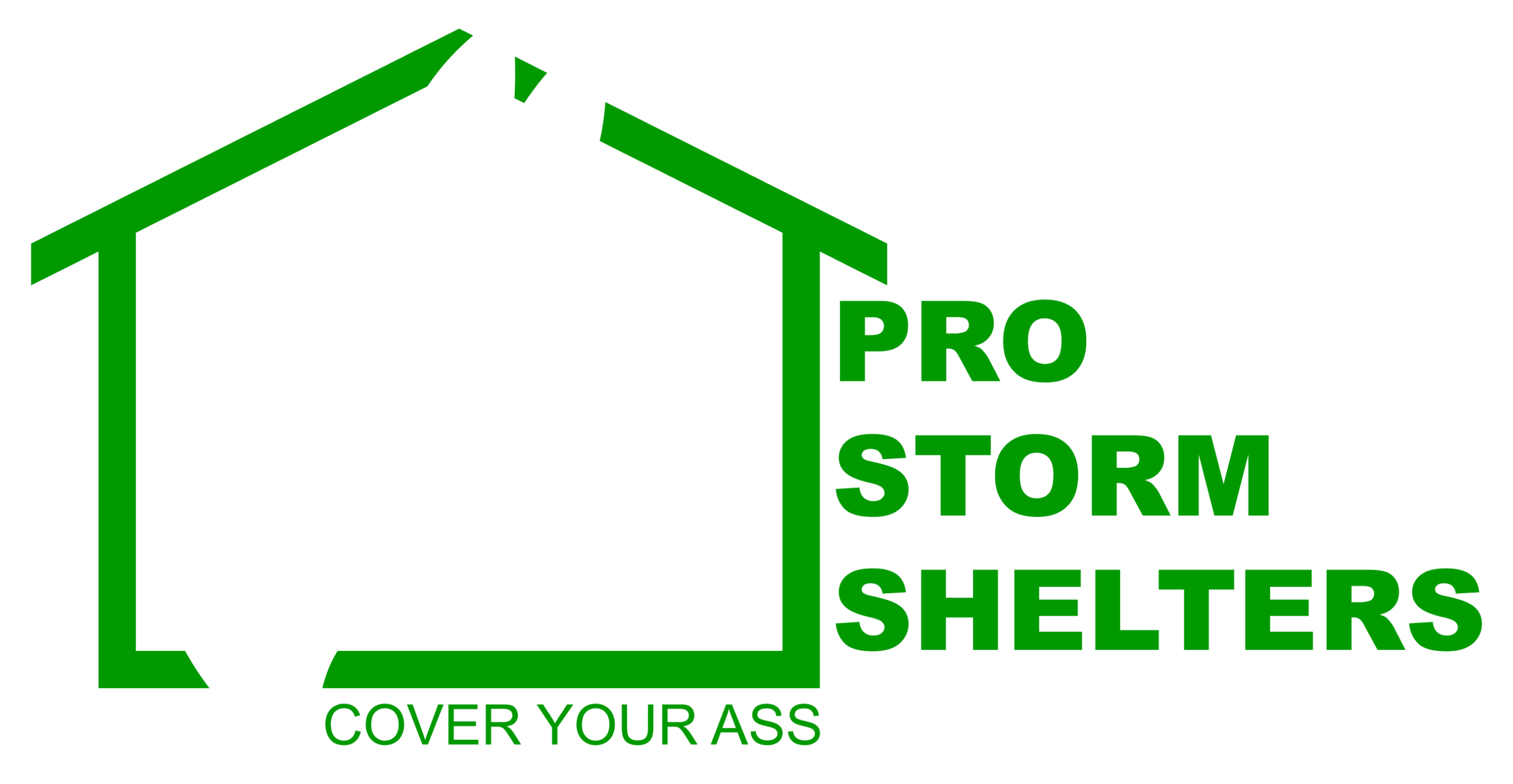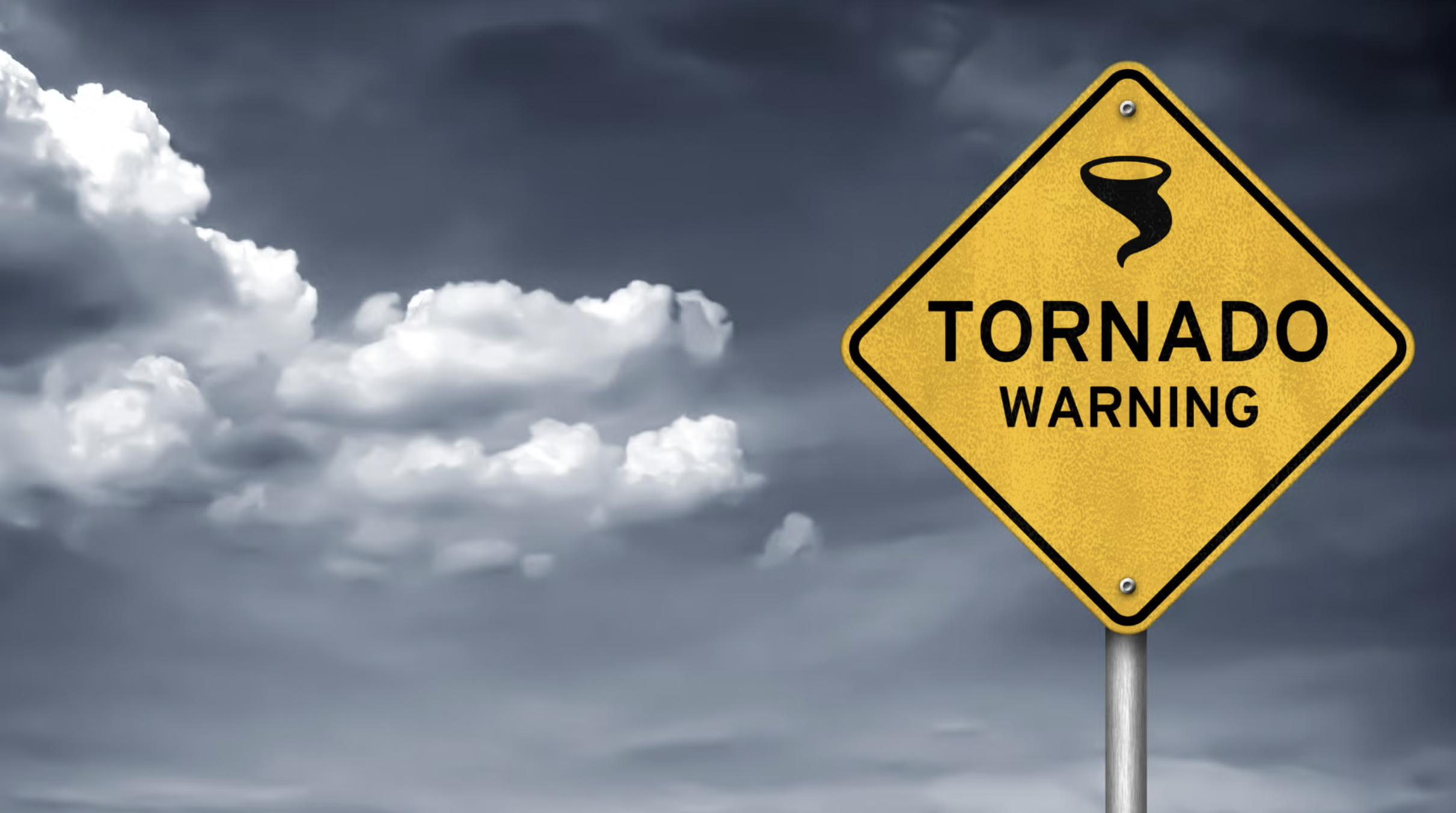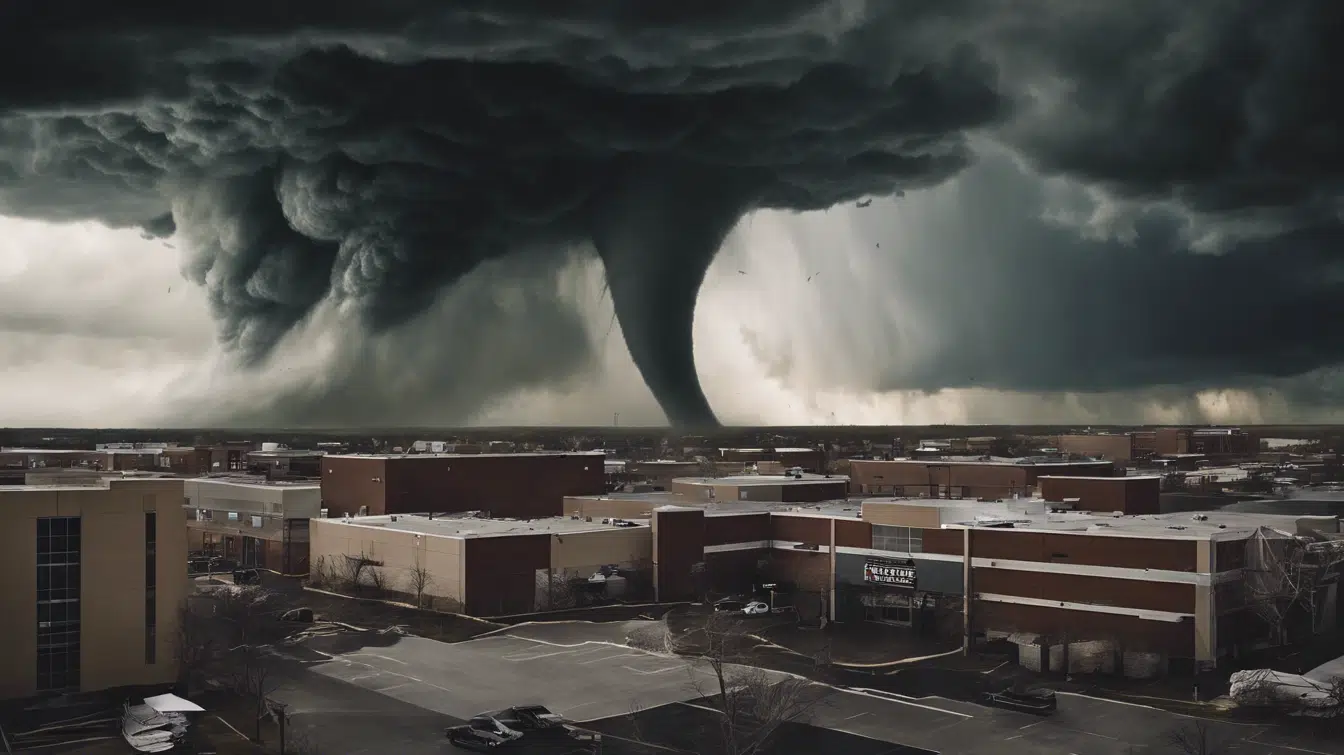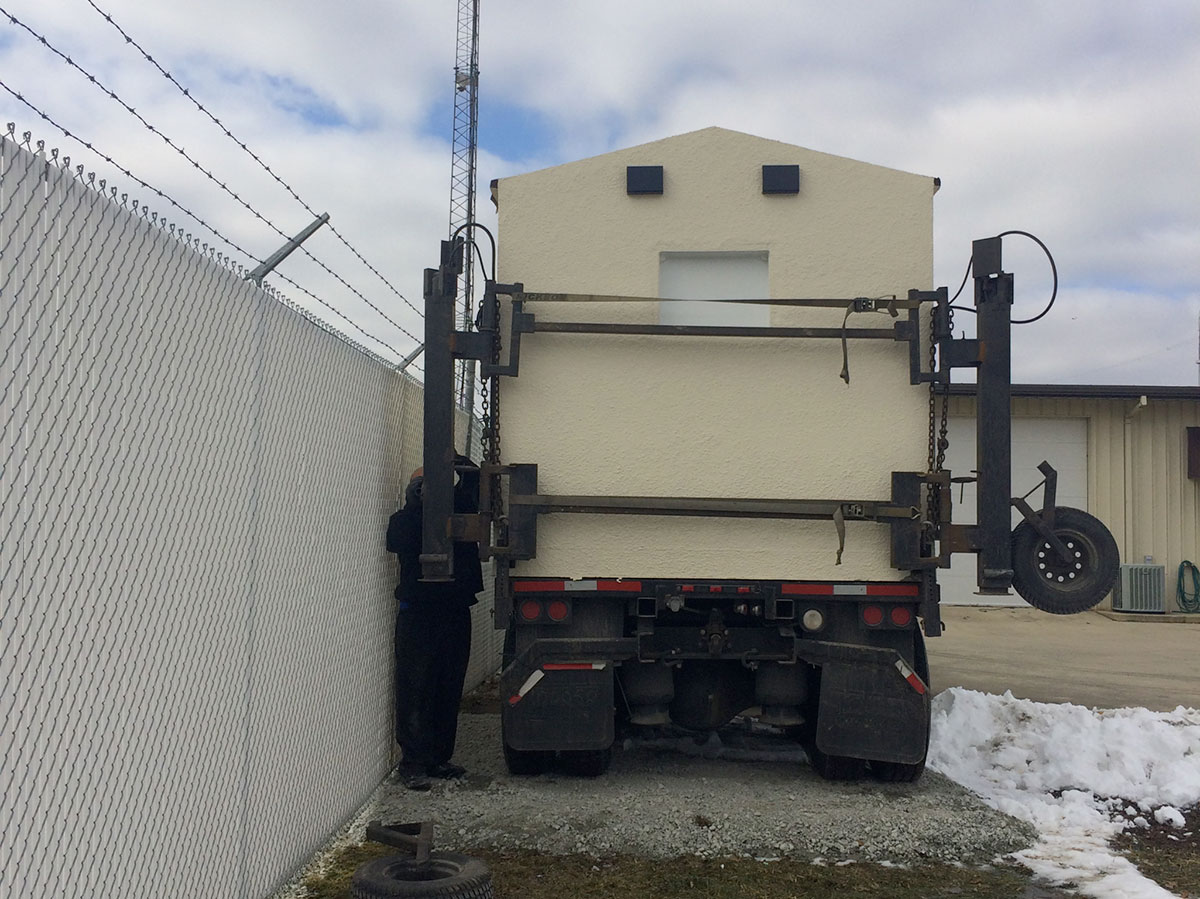Having a solid emergency preparedness plan in place before a catastrophe hits can mean the difference between chaos and safety. When it comes to emergency preparedness, storm shelters, designed to protect individuals and families from tornadoes, hurricanes and severe thunderstorms, are an important part of the equation. Read on to discover why storm shelters are essential for emergency preparedness and how they can be incorporated into broader plans.
Understanding Storm Shelters
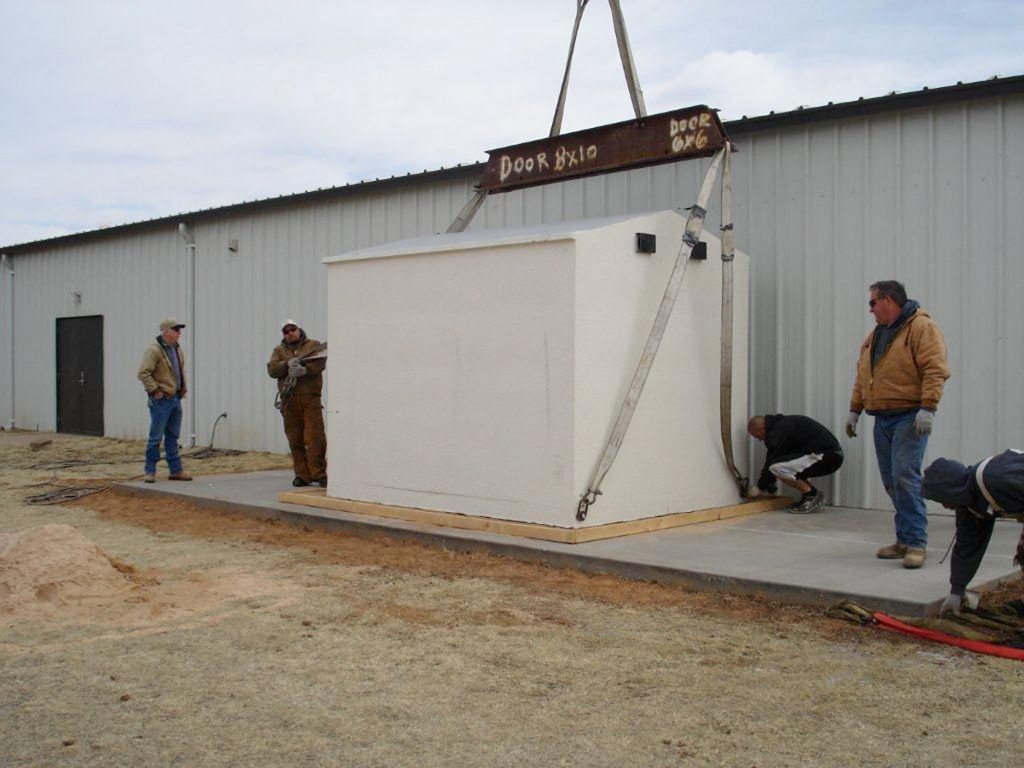
A safe room, or storm shelter, is a safe haven that offers near-total protection from the violent forces of nature such as wind and flying debris associated with the worst weather events, and can withstand the intense winds, flying debris and pressures associated with high intensity storms. Storm shelters come in all different sizes and forms, from above-ground to below-ground, and community to residential and commercial.
The Importance of Storm Shelters in Emergency Preparedness
Life Safety
The main function of storm shelters is to provide protection. In areas of frequent severe weather, having a designated space where people can take refuge is essential. Storm shelters injury or death from high winds and flying debris.
Timely Access to Safety
Time is critical when an emergency occurs. So, having a storm shelter within or adjacent to the place where you live or spend most of your time ensures your safety. This is of utmost importance when a tornado warning is broadcast and only several minutes to escape are given.
Psychological Security
Simply knowing that you can retreat to a safe place when the winds start to howl can relieve anxiety and fear. This sense of psychological security is vital, particularly for families with small children or people with medical conditions susceptible to stress.
Increase in Property Value
In addition to providing a refuge from immediate danger, weather shelters can serve as an asset to your property. Many real estate listings include information about the presence of a storm shelter, which makes a home or business more appealing to buyers thinking about the safety of weather.
Integrating Storm Shelters into Your Emergency Preparedness Plan
Risk Assessment
Start with an assessment of localized risks. What types of storms are most likely in your area and how frequently do they occur? These questions will help inform the shape and placement of your storm shelter.
Location and Accessibility
Select an easily accessible location that is accessible to all parts of the building. For residential properties, interior rooms on the ground floor or basements are the most suitable. For commercial areas, consider the flow of foot traffic in the building and that the shelter is not blocked by any fixtures.
Shelter Design and Construction
Have it built by certified designers and builders, according to FEMA guidelines, with a rating for the kinds of storms that can hit the area. Air vents, emergency supplies and communication devices are also good additions.
Training and Drills
Perform drills and provide training on the location and use of the storm shelter on a regular basis, especially in business offices, schools, and community centers where large groups of individuals may be sheltering together.
Emergency Supplies
Supply your storm shelter with water, non-perishable food, first-aid kits, flashlights, batteries, and a means inspect and refresh these stores.
Community Coordination
Establish clear usage policies and communication procedures, especially if your shelter is meant to serve the community. Work with local government officials so your neighbors are aware of the shelter’s location and how to reach it.
Conclusion
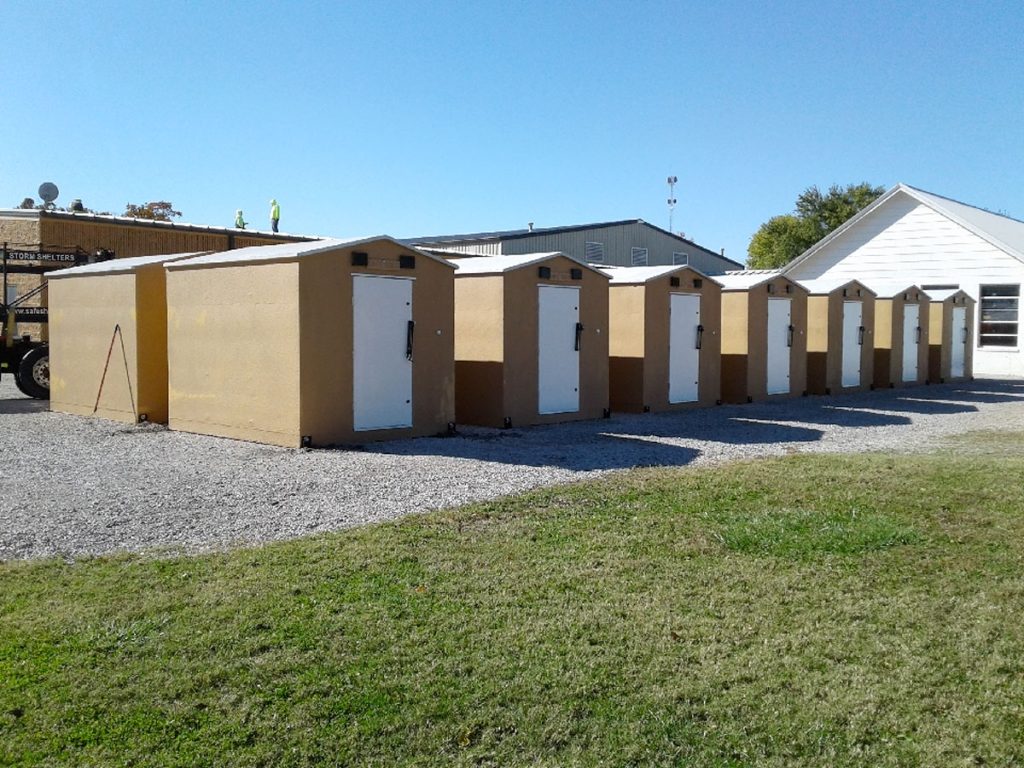
Installing storm shelters as part of your emergency plan is a way to assure your family or organization’s safety while also giving you and your loved ones peace of mind. Storm shelters become much more than just a physical barrier; they are a visible manifestation of your deep commitment to protecting what matters most. This holistic integration of storm shelters in your larger emergency strategy shows your preparation for whatever Mother Nature sends your way.
But it’s only true if, in addition to having the tools, everybody knows how to use them – drills, training and community coordination can all help to maximize the value of your storm shelter. Just one piece of this comprehensive safety plan, it can be just the thing you need for a successful preparedness plan.
